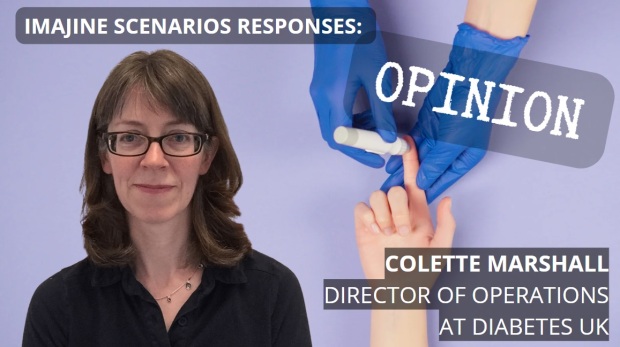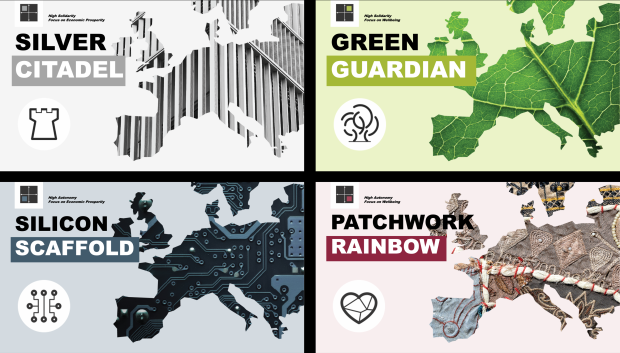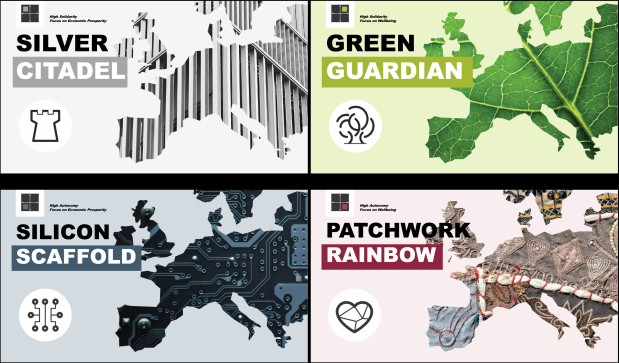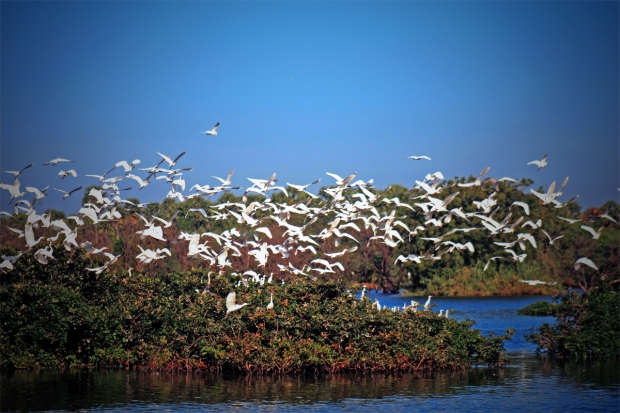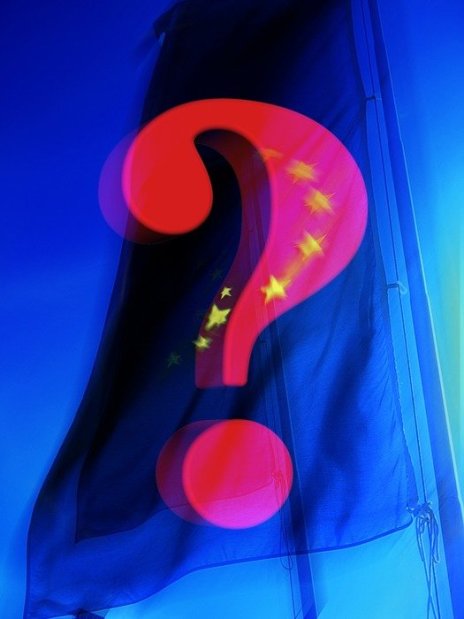The British government has announced its “levelling up” plan to address regional inequalities across the UK.
The IMAJINE project, delivered by a consortium of 16 institutions across 13 countries, investigates questions of inequality and injustice within and between Europe’s nations and regions.
To give us a unique vantage point on what “fair treatment” means for different parts of Europe, the team worked with stakeholders to develop four scenarios for Europe in 2048 (PDF download): SILVER CITADEL, GREEN GUARDIAN, SILICON SCAFFOLD, and PATCHWORK RAINBOW. The scenario set includes responses from experts at the OECD, European Trade Union Institute, Capgemini, UK Space Agency, and many other institutions, exploring the implications for a range of sectors.
One key insight of this process was that it’s never sufficient to merely “run the numbers” when it comes to questions of what is fair or just between regions. We define justice through the stories we tell about what matters to us. Addressing regional inequality is not merely a case of measuring the difference between today’s “haves” and “have-nots”, then seeking to narrow the gap according to today’s metrics. It’s also about understanding what, where, and who we will value, now and in times to come.
The scenarios provide one way of reflecting on those questions of value, and how things are changing compared to the past. SILVER CITADEL sees regional policymakers lobbying centralised bodies for their fair share of an economic “pie” carved up by artificial intelligence. GREEN GUARDIAN explores a climate-ravaged future where Europeans have given up on consumer values and choose to live by new measures of sustainability and wellbeing. In SILICON SCAFFOLD, tech corporations dominate and the nation-state is on the wane, in a world where almost all of our daily life has migrated to privatised virtual spaces. And in PATCHWORK RAINBOW, Europe fragments into a jigsaw of regions with wildly different cultural and social values.
Since the scenarios’ publication in October 2021, we’ve received additional expert commentary from Madeleine Gabriel at Nesta on sustainability implications, the Danish Design Center’s Oskar Stokholm Østergaard on the future of design, and Belgium’s EU Digital Champion Saskia Van Uffelen on how “digital society” might develop in each scenario. And there’s more to come.
The latest expert response, published today, is from Cardiff University’s Caitriona Noonan, and explores what the IMAJINE scenarios mean for the future of media production in Europe. Who will make the content that appears on our screens? How will it be distributed? Caitriona notes that we are at a critical moment for the future of Europe’s film and television sector. IMAJINE’s scenarios offer a unique viewpoint into how that moment is going to play out.
Find out more about IMAJINE at www.imajine-project.eu.

